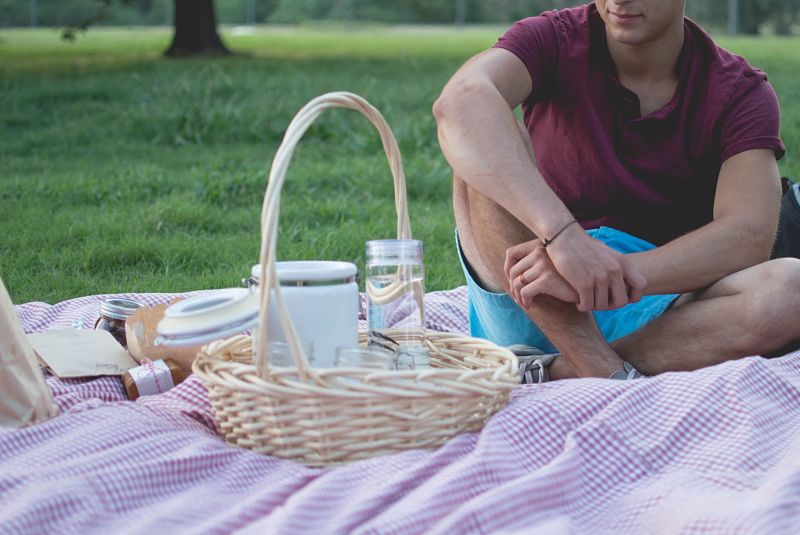
Between 10% and 30% of adults in the UK, and as many as 40% of children, suffer with hay fever symptoms. When the spring weather warms up, and pollen takes to the air, it can be a miserable time for hay fever sufferers.
Hay fever, medically known as allergic rhinitis, comes with uncomfortable and disruptive symptoms such as itchy eyes which are red or watery, a runny nose, and sneezing. It affects different sufferers in different ways. Some sufferers will find it causes wheeziness or worsens asthma symptoms, others may find their sleep is affected.
The cause is an allergic reaction to pollen contacting the eyes, nose and mouth when they become airborne, usually in the spring and summer months. Given there is no cure for hay fever, what can you do to manage the symptoms?
Hay fever management tips:
1. Wash in, wash out
Pollen is the guilty party when it comes to hay fever. It may be miniscule but it clings to clothes, hair and even skin. When you’ve been outdoors change your clothes, wash them, and wash your hands and face. Shower before bed to make things more comfortable in the night. You may also find it helpful to dry clothes indoors during the worst times of year.
2. Use the Met Office Pollen Forecast
Being forewarned is forearmed. Check out the pollen count in your area here . On days when the forecast is High or Very High try to stay indoors, or avoid particularly challenging environments (such as a walk through your local fields).
3. Pop on the shades
They’re not just a fashion statement! Wearing sunglasses, particularly those which ‘wrap around’ the side of the face will stop pollen getting in to your eyes so easily. If you struggle with runny or itchy eyes keep your shades clean and avoid taking them off when you go outside.
4. Keep windows and doors closed
It may not feel very summery, but try to keep windows and doors closed to prevent pollen entering the house. In the car, if you have air conditioning, choose this over opening the window.
5. Avoid being out in the middle of the day
The middle of the day, between 10am and 4pm, is usually the worst time for pollen dispersal. If you can avoid being outside during this window you may be able to minimise some of the symptoms.
6. Keep your pets under control
If you have furry or hairy pets such as dogs or cats, try to keep them off your furniture. Fur can transfer pollen from one place to another so make sure you limit its impact on you by keeping away from pets, and by not allowing them on to the furniture.
7. Use over-the-counter medications
For some sufferers there’s really no choice but to go down the medical route. Your first port of call when you’ve exhausted ‘at home’ strategies is to visit your pharmacist. They can advise which over-the-counter anti-histamines would be most appropriate. These will usually be either in tablet or nasal spray form. They will also have eye drops which you can try if you’re struggling with eye-related symptoms.
8. Head to the GP
If, despite trying everything above, you’re still struggling then you’ll need to book an appointment with your GP. They will be able to prescribe stronger anti-histamines and, if necessary, refer you for specialist help.
Remember that different people suffer to different degrees, and also to different pollen types. Get to know which pollen types correspond with when you’re suffering and this will help you identify the ‘worst’ season for you. Also, unfortunately, alcohol can worsen hay fever symptoms so if you’re suffering don’t make it any worse! Hopefully by following these tips you can manage your hay fever symptoms this spring and summer.


